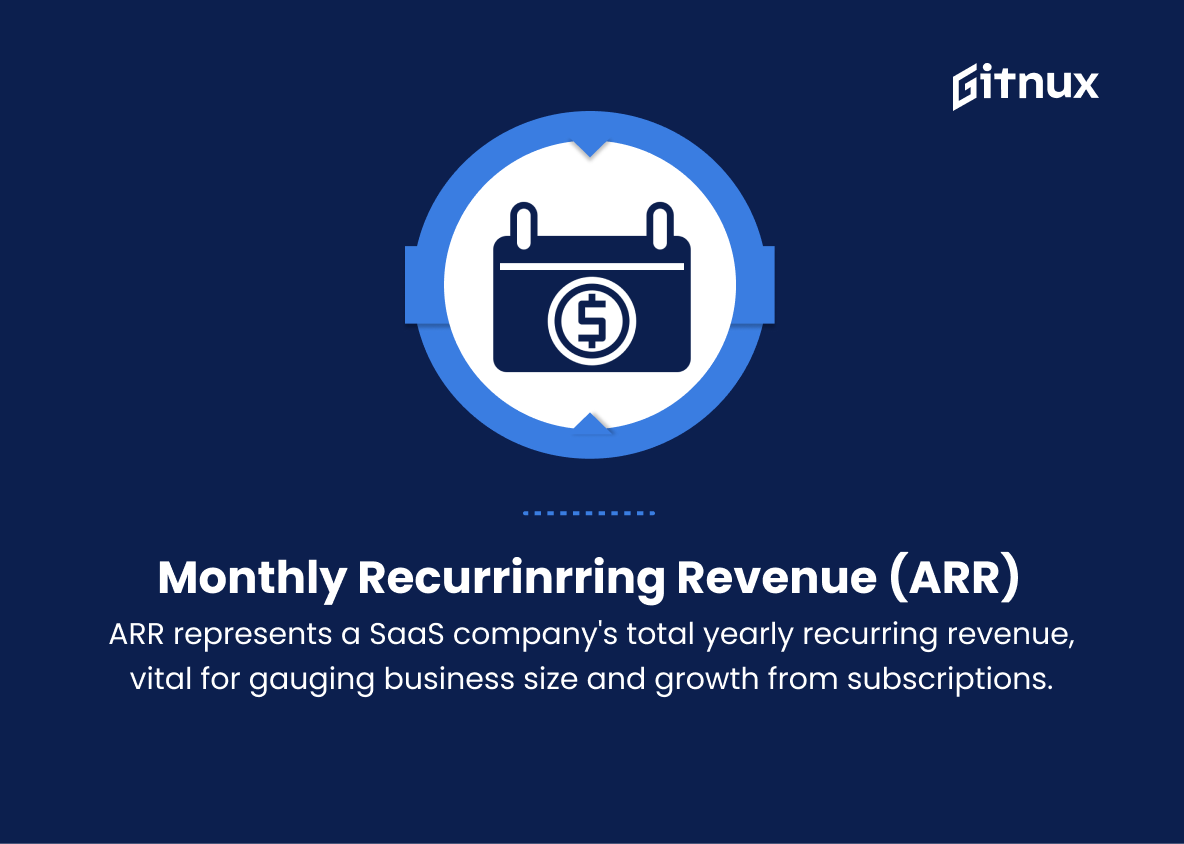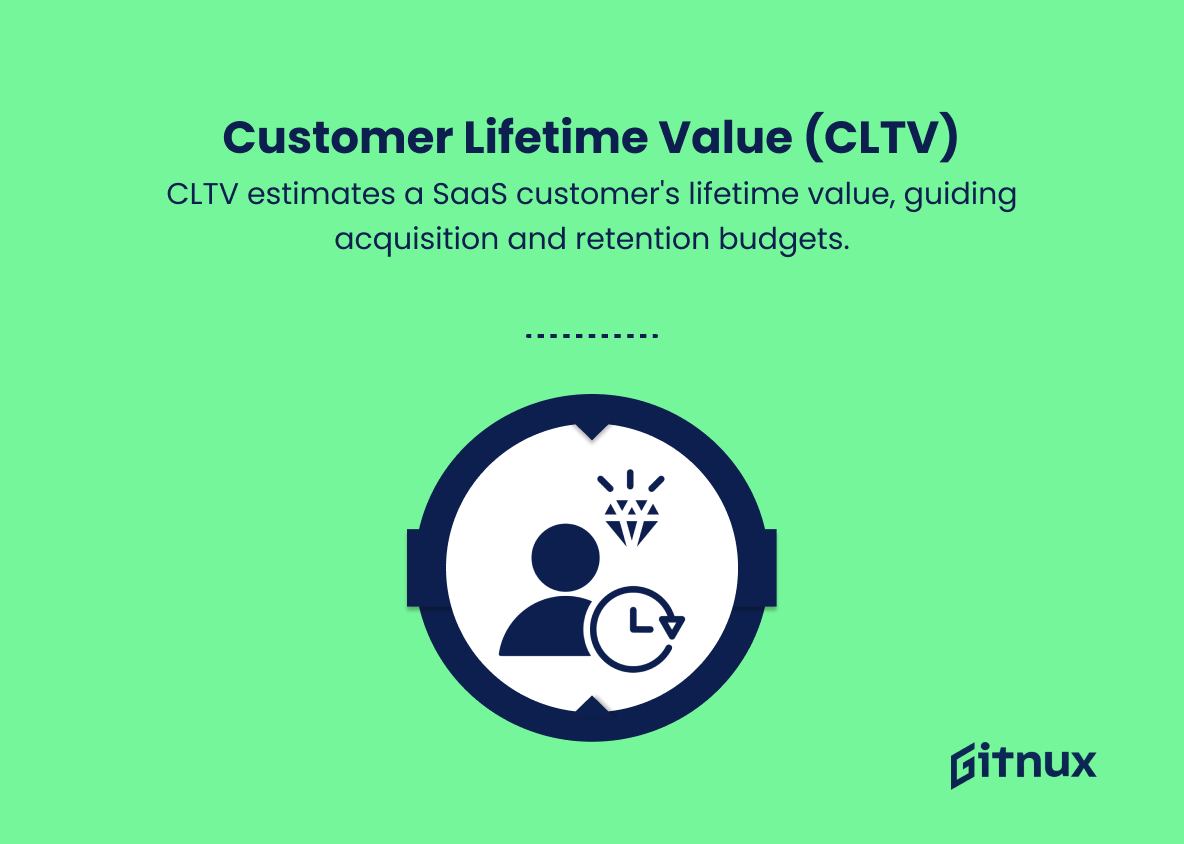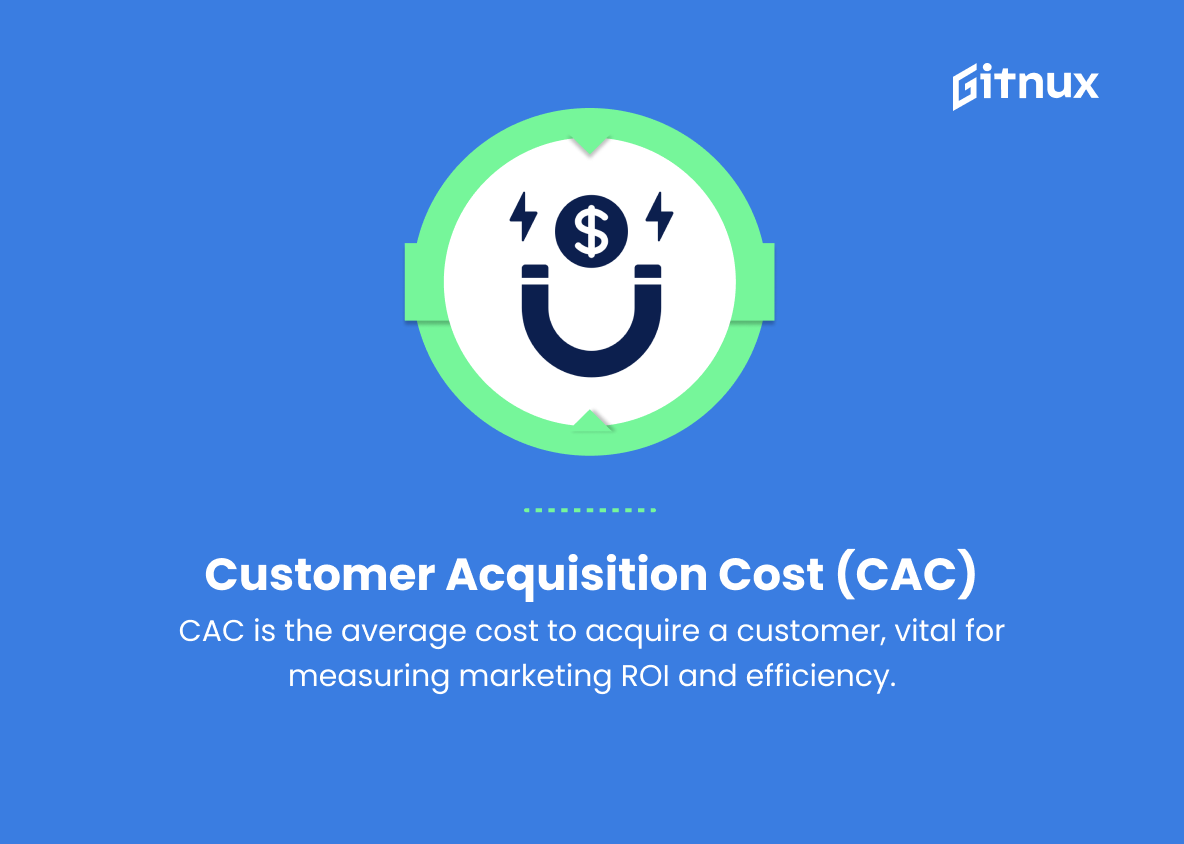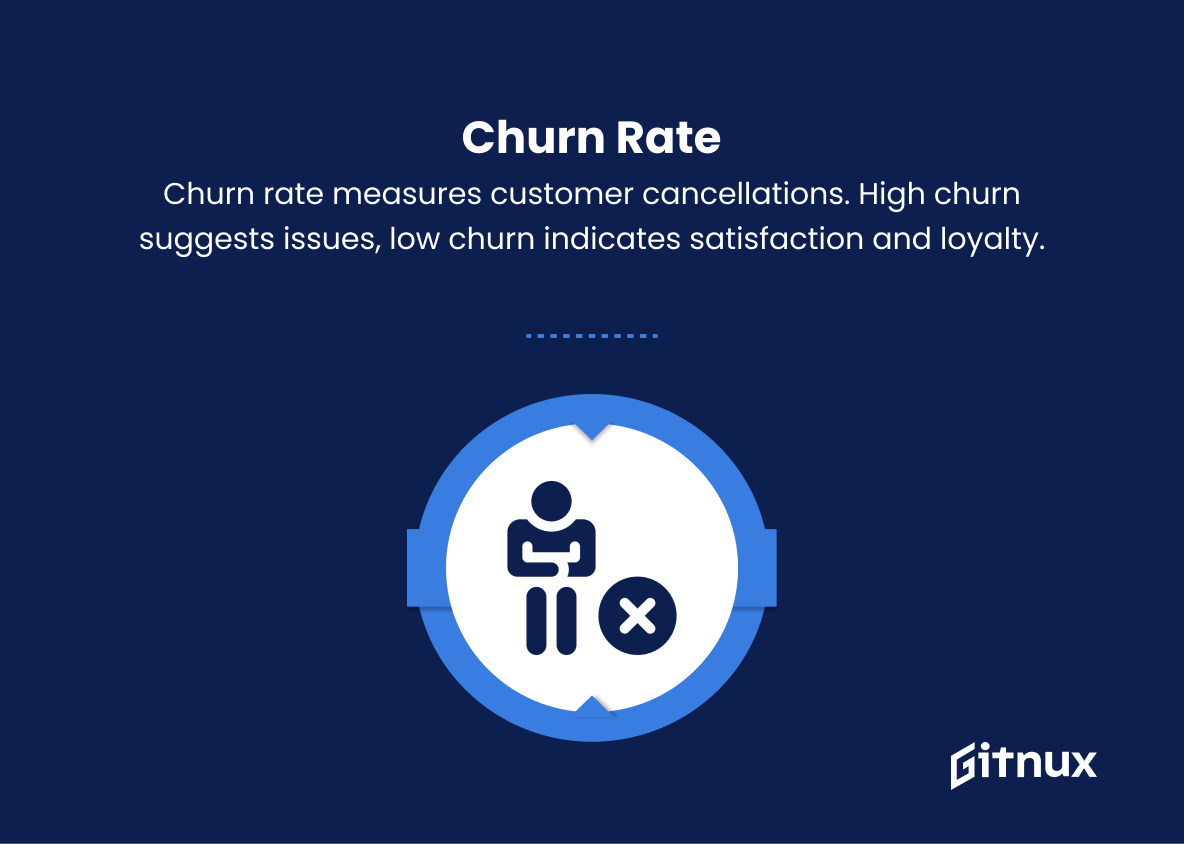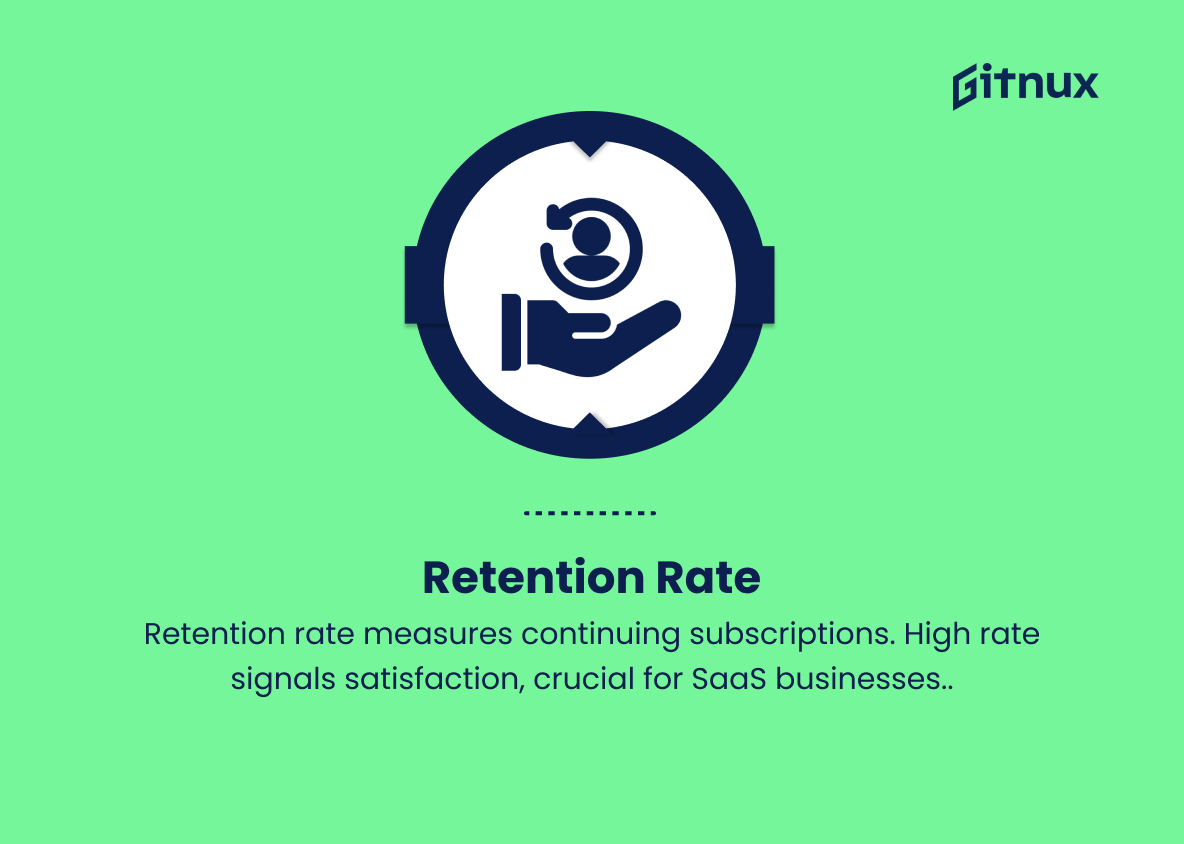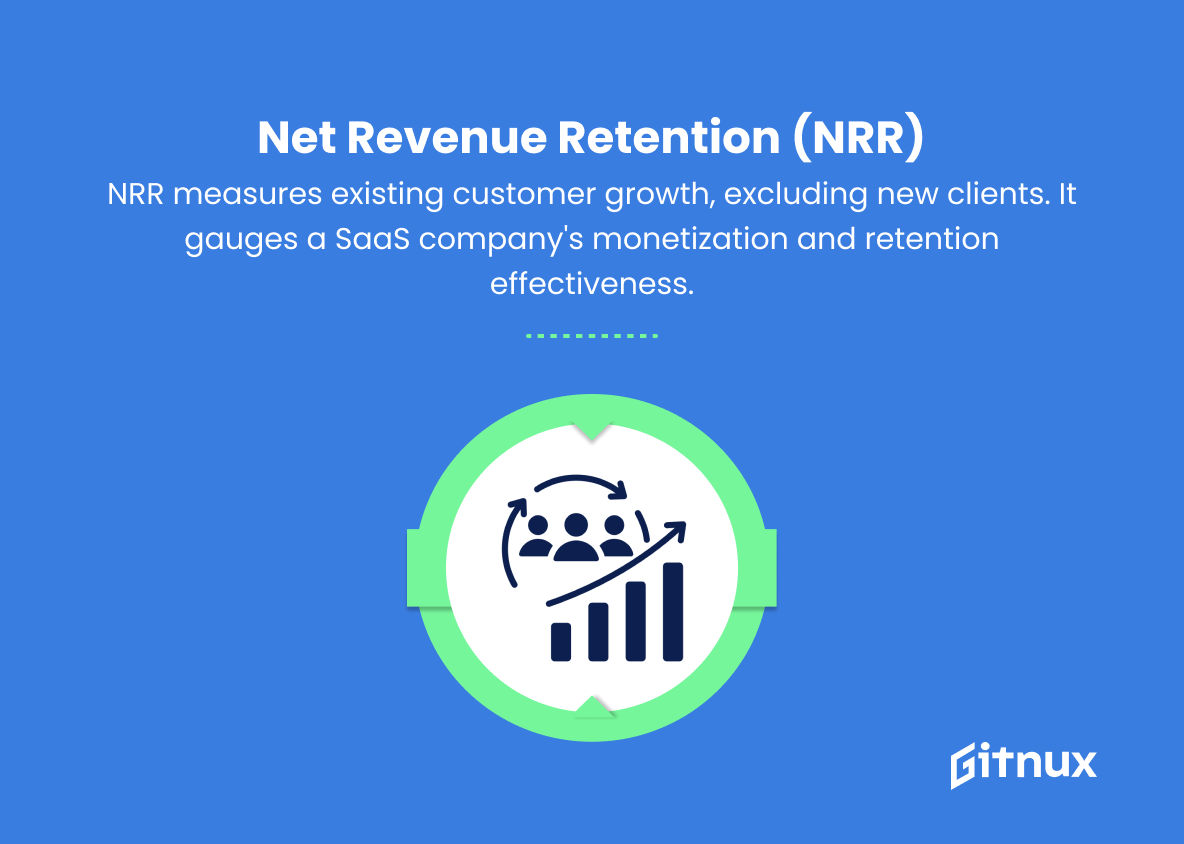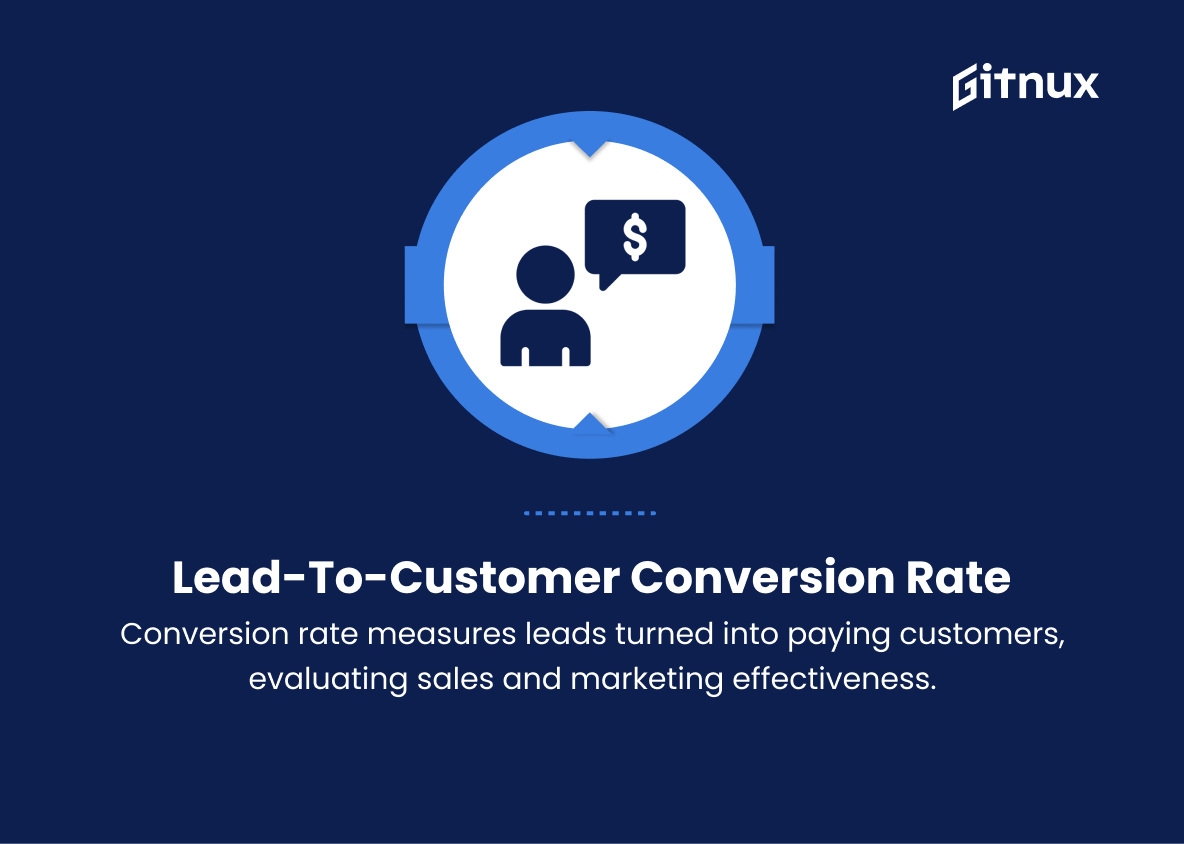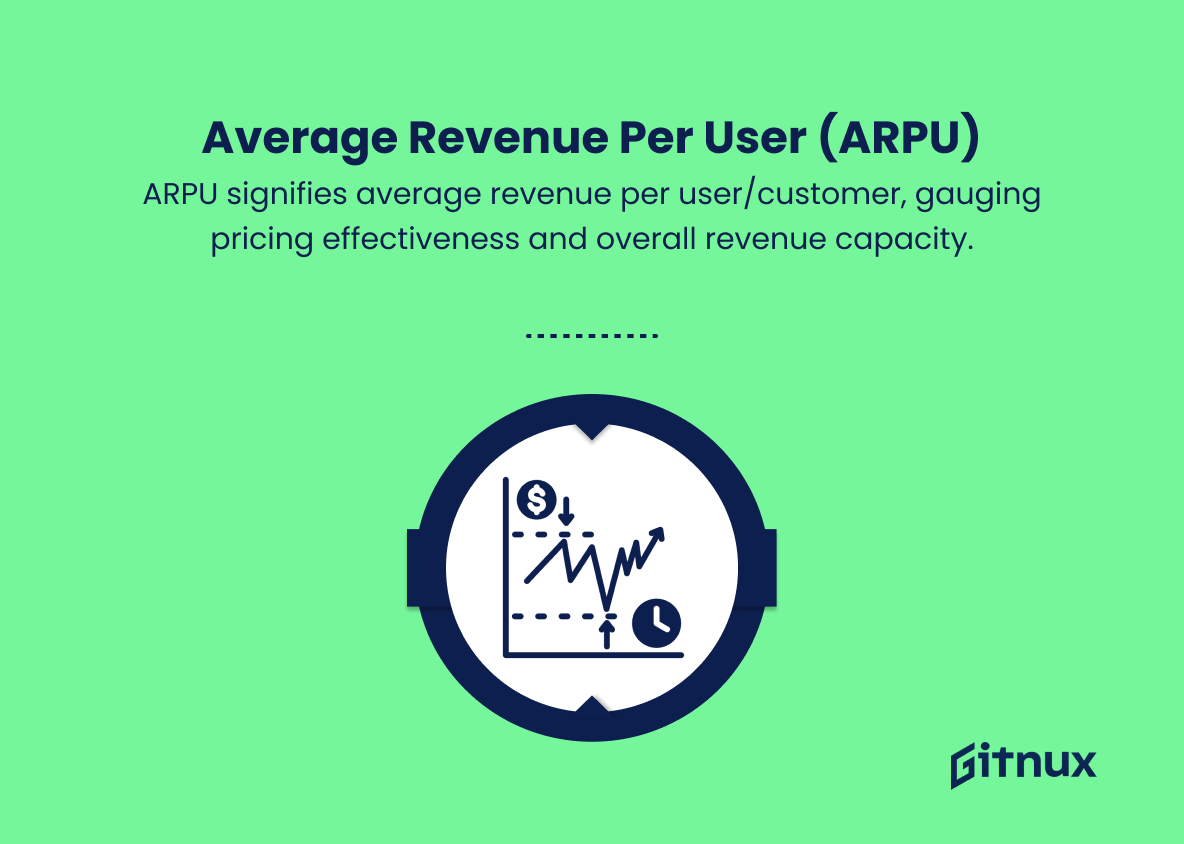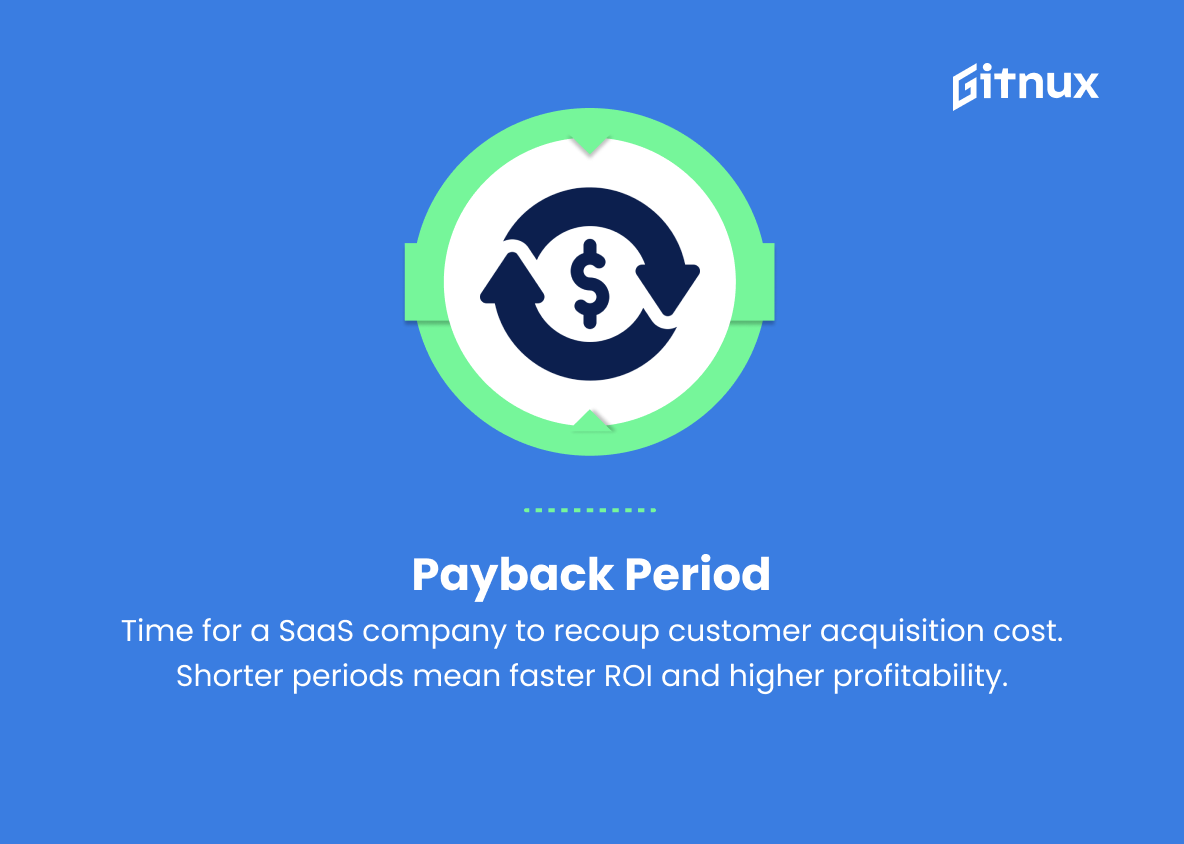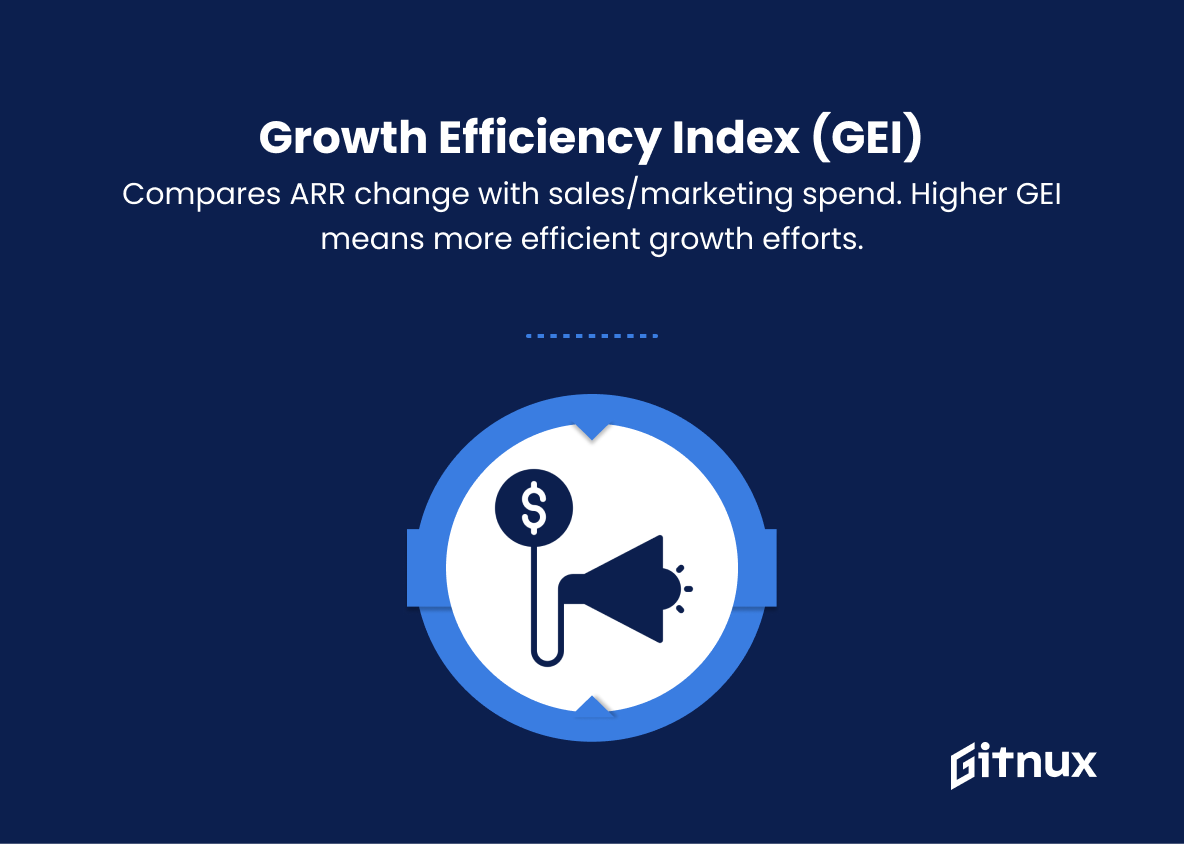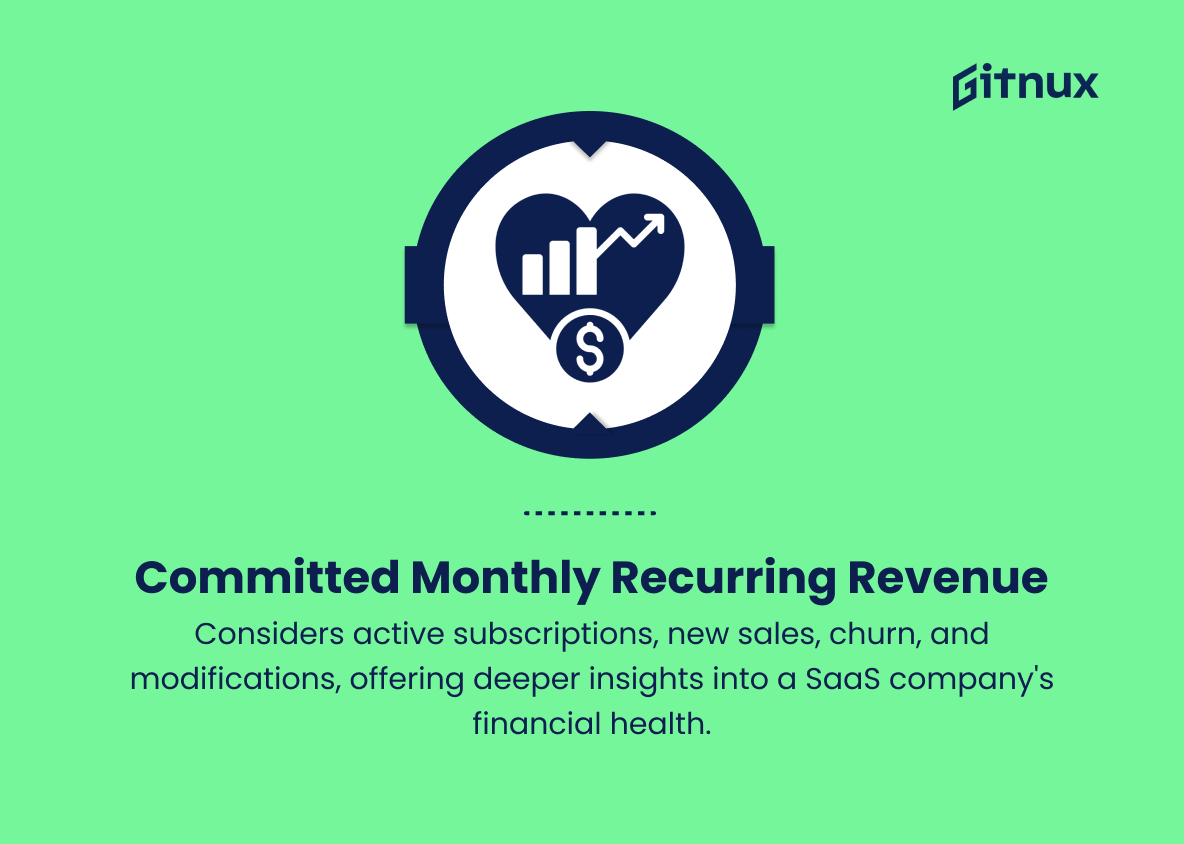In today’s fast-paced digital landscape, an increasing number of businesses are shifting their focus towards Software as a Service (SaaS) models. These innovative and agile platforms have proven to be both essential and transformative for modern enterprises seeking to scale their operations, maximize customer engagement, and enhance overall efficiency. However, effectively gauging the performance of a SaaS business demands a concise understanding of key financial metrics that can accurately measure success while highlighting areas for improvement.
This blog post will dive deep into the indispensable financial metrics that every SaaS business must monitor and analyze to optimize their journey of growth and attain industry-leading results. So, without further ado, let’s embark on a crucial exploration of these valuable performance indicators that will map the path to a sustainable and thriving SaaS enterprise.
Saas Financial Metrics You Should Know
1. Monthly Recurrinrring Revenue (ARR)
ARR is the yearly version of MRR, representing the total recurring revenue a SaaS business generates in a year. It’s a key metric to determine the size and growth of the business through its recurring subscriptions.
2. Customer Lifetime Value (CLTV)
This metric is an estimate of the total value that a SaaS business can expect to generate from a customer during their entire relationship. CLTV helps in determining how much a company can afford to spend on acquiring new customers and retaining existing ones.
3. Customer Acquisition Cost (CAC)
This is the average cost incurred to acquire a new customer, including marketing and sales expenses. It’s crucial for understanding the return on investment (ROI) and the efficiency of marketing and advertising efforts.
4. Churn Rate
This metric measures the percentage of customers who cancel or fail to renew their subscription within a given period. High churn can indicate dissatisfaction with the product or weak customer engagement, while low churn signals positive user experience and customer loyalty.
5. Retention Rate
This metric calculates the percentage of customers who continue their subscription within a given period. It’s a positive indicator of customer satisfaction and serves as an essential KPI for SaaS businesses.
6. Net Revenue Retention (NRR)
NRR is a measure of revenue growth from existing customers without accounting for new clients. It factors in expansions, upgrades, and churn to provide a more comprehensive understanding of a SaaS company’s ability to monetize and retain its client base.
7. Lead-to-Customer Conversion Rate
This metric measures the percentage of leads (potential customers) that get converted into paying customers. It’s crucial for evaluating the effectiveness of sales and marketing efforts in attracting and converting potential clients into revenue-generating customers.
8. Average Revenue Per User (ARPU)
ARPU is the average amount of revenue generated per user or customer for a given period. This metric helps companies understand their pricing effectiveness and overall revenue generation capacity.
9. Payback Period
This is the time it takes for a SaaS company to recoup the customer acquisition cost through revenue earned from a newly acquired customer. Shorter payback periods indicate quicker returns on investment and stronger profitability.
10. Growth Efficiency Index (GEI)
This ratio measures the efficiency of a SaaS company’s growth efforts, comparing the change in ARR with the amount spent on sales and marketing. A higher GEI indicates more efficient growth.
11. Committed Monthly Recurring Revenue (CMRR)
CMRR measures the revenue generated from active and contracted subscriptions. It takes into account new sales, churn, and contract modifications to give an adjusted MRR figure that provides greater insight into a SaaS company’s financial health.
Saas Financial Metrics Explained
SaaS financial metrics, such as Monthly Recurring Revenue (MRR), Annual Recurring Revenue (ARR), Customer Lifetime Value (CLTV), Customer Acquisition Cost (CAC), Churn Rate, Retention Rate, Net Revenue Retention (NRR), Lead-to-Customer Conversion Rate, Average Revenue Per User (ARPU), Payback Period, Growth Efficiency Index (GEI), and Committed Monthly Recurring Revenue (CMRR), play a critical role in measuring the success and growth of a SaaS company.
These metrics reflect various aspects of a SaaS business, such as its revenue generation, customer acquisition, retention, satisfaction, and overall financial health. By focusing on these key performance indicators (KPIs), SaaS companies can derive valuable insights into the effectiveness of their marketing, advertising, and customer engagement efforts, as well as their pricing strategies and growth efficiency. In turn, tracking and optimizing these metrics help SaaS businesses make better decisions, allocate resources more effectively, and ultimately increase profitability and long-term success.
Conclusion
In conclusion, understanding and effectively utilizing SaaS financial metrics is crucial for businesses operating within this industry. By closely monitoring churn rate, customer acquisition cost, customer lifetime value, and monthly recurring revenue, SaaS companies can make informed decisions to maximize growth and profitability. Implementing data-driven strategies in conjunction with these key metrics will lead to increased customer satisfaction, improved operational efficiency, and ultimately, long-term success for SaaS businesses. By staying committed to refining and optimizing these financial metrics, your company will be well-prepared to navigate the challenges and opportunities that the ever-evolving SaaS landscape presents.
